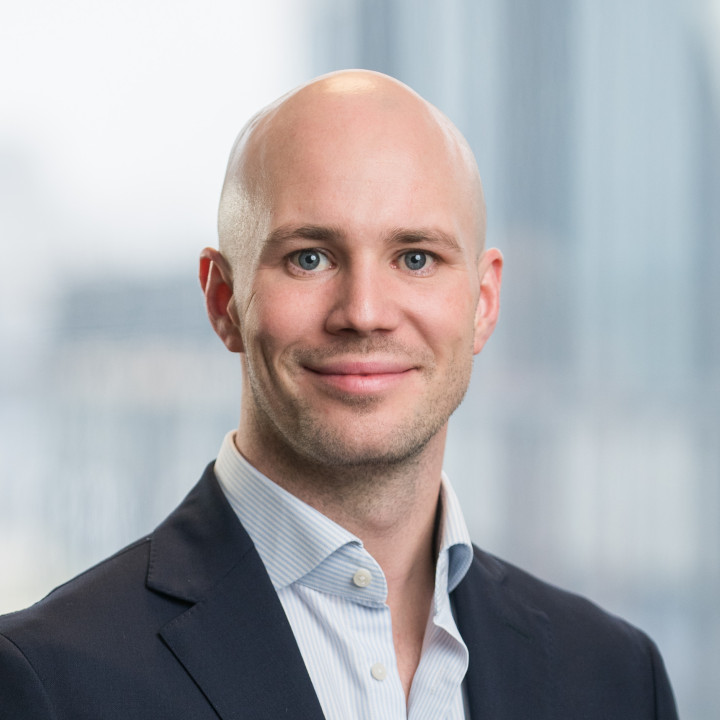Marketing of GP-led continuation funds in Europe
The last few years have seen a significant rise in the number of GP-led continuation funds being launched, with the market growing from just $5 billion in 2013 to around $50 billion in 2022. Continuation funds allow existing investors to access liquidity and rebalance or de-risk portfolios, while giving new or rolling investors access to mature, pre-identified companies with a shorter holding period than a primary fund. For the GP, a continuation fund allows the manager to potentially realise higher returns as market conditions improve, whilst continuing to hold strong performing assets and crystalising carry.
Establishing these funds comes with some unique challenges, such as price setting against valuation, conflict management and also LP diligence on the asset or portfolio. Another question we are increasingly getting asked is whether a continuation fund marketed in Europe is classified as an AIF under the AIFMD (‘Alternative Investment Fund Managers Directive’).
The European Securities and Markets Authority defines an AIF as “a collective investment undertaking… that raises capital from a number of investors, with a view to investing it in accordance with a defined investment policy for the benefit of those investors.” In the case of continuation funds, these are often widely marketed by either the manager, or an appropriate agent. Regardless of the existence of a pre-identified portfolio, the activity of marketing to multiple investors and continuance of management in accordance to a defined investment objective means that in our view, a proposed continuation fund would fall under the definition of an AIF where marketing in Europe is concerned.
Implications of marketing an AIF
If defined as an AIF, then a proposed continuation fund marketed in Europe will need to comply with the AIFMD. In practice, this means a continuation fund can be;
a) Pre-marketed in all EU27 – since the harmonisation of pre-marketing rules in August 2021, pre-marketing can be undertaken by a regulated AIFM or MiFID entity in all EU member states, providing a pre-marketing notification is filed with the home regulator within 14 days of the commencement of pre-marketing. Non-EU sponsors are able to engage a regulated AIFM to file this notification, and indeed we have seen a number of North American sponsors doing this. In the case of pre-marketing, only draft documents (excluding subscription documents) may be shared with potential investors.
AND
b) Registered under the NPPRs in the countries in which it is marketed – after any period of pre-marketing (if undertaken), it is possible to undertake formal marketing by way of a country-by-country registration. It is important to note that this is not possible in much of Southern Europe, and countries including Germany and Denmark require a depositary-lite to be named on the registration.
OR
c) Set up as an EU standalone fund – if set up in an EU member state such as Luxembourg or Ireland, a continuation fund can be formally marketed to all EU27 under the marketing passport. Setting up an EU fund would require an AIFM and a Depositary to be appointed.
In practice, we have seen recently a number of non-EU sponsors engaging a host AIFM (such as Langham Hall) to act as AIFM for the period of pre-marketing. Once the manager has further clarity on the location of interested LPs, then an informed decision can be made on whether to register a non-EU fund on a country-by-country basis, or set up an EU vehicle.
Who is undertaking marketing?
One important consideration in the marketing of continuation funds is who will actually be undertaking the activity of marketing. Although the regulations mentioned above allow for the proposed fund to be marketed, many countries also require the distributor to be appropriately regulated. In our experience, either;
- The sponsor undertakes the activity of marketing themselves, and is regulated to do so in Europe or is “chaperoned” by a regulated AIFM/MiFID entity; or
- The sponsor appoints a placement agent that is appropriately regulated to distribute products in Europe
Again in practice, many non-EU sponsors will engage specialist secondaries focused placement agents who themselves should be appropriately regulated in Europe, but this is an important consideration.
What next?
For sponsors considering launching a continuation fund, it is important to consider the regulatory implications before going to market. We expect the GP-led market to continue to grow, particularly as LPs continue to allocate capital to these opportunities. We are working with a number of sponsors to help them navigate the European regulatory environment, assisting with both pre-marketing, but also later formal registration either via the NPPRs or the EU passport. Please do get in touch if you would like to discuss further.







